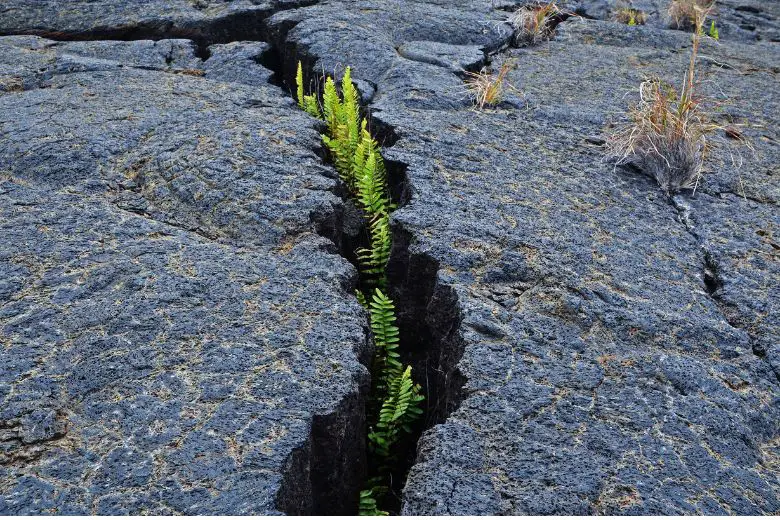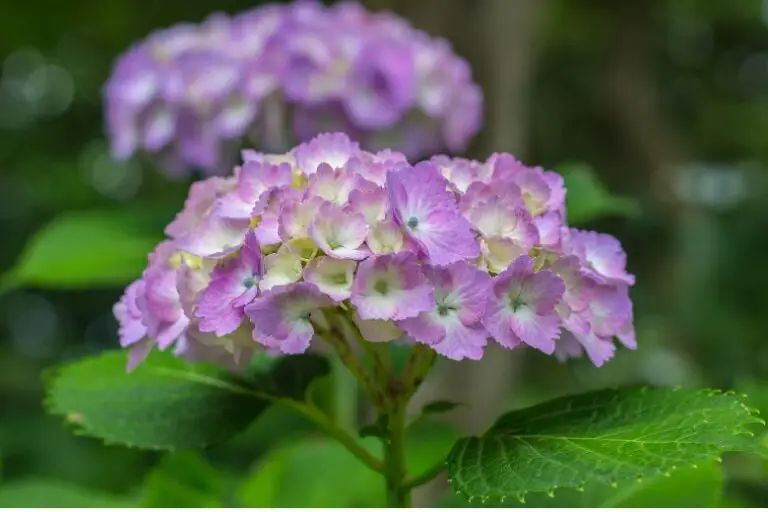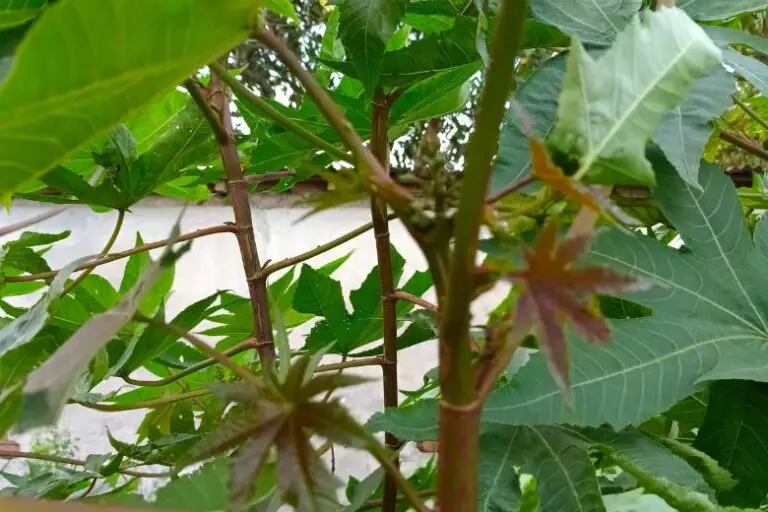The Resilient Pine: Discovering the Secrets of Nature’s Silent Protector
Pine trees are often regarded as nature’s silent protectors, standing tall and resilient against the test of time. Their majestic beauty and unique characteristics make them an intriguing subject of study and admiration. In this article, we will delve into the fascinating world of pine trees, exploring their origins, adaptations, ecological importance, human interactions, environmental challenges, conservation efforts, and the future they hold. Join us on this journey as we uncover the secrets of the resilient pine.
The Beauty and Majesty of the Pine Tree
Pine trees have long captivated the human imagination with their awe-inspiring beauty and majestic presence. Whether standing tall in dense forests or dotting the landscape with their solitary grace, they evoke a sense of serenity and harmony. The tall trunks, adorned with lush foliage and intriguing cones, create a striking visual appeal that has been celebrated in art, literature, and cultural traditions throughout history.
The Origins and Evolution of Pine Trees
To understand the resilience of pine trees, we must delve into their origins and evolutionary history. Pine trees belong to the genus Pinus and are part of the Pinaceae family, which also includes other coniferous trees like spruces and firs. Fossil records suggest that pine trees have been around for millions of years, with their evolutionary journey tracing back to the ancient forests of the Northern Hemisphere.
The Resilient Nature of Pine Trees
One of the remarkable qualities of pine trees is their ability to thrive in diverse and challenging environments. Their resilience can be attributed to a range of adaptations that have enabled them to withstand harsh climates, pests, and other adversities.
Adaptations for Survival
Pine trees have evolved several unique adaptations to ensure their survival in various habitats. One of their notable adaptations is the development of long, deep roots that anchor them firmly in the ground and enable them to access water and nutrients from deep within the soil. This helps them withstand drought conditions and compete with other plants for resources.
Unique Physical Characteristics
The physical characteristics of pine trees contribute to their resilience. Their needle-like leaves, arranged in clusters called fascicles, reduce water loss through transpiration and provide protection against extreme temperatures. Additionally, their thick bark acts as a protective shield against wildfires, pests, and diseases, allowing the tree to heal and regenerate even after significant damage.
Growth and Regeneration
Pine trees have a remarkable ability to regenerate and adapt to changing environments. They produce large quantities of lightweight seeds encased in cones, which are dispersed by wind or animals. These seeds can lie dormant for years, waiting for favorable conditions to germinate and grow into new trees. This adaptive reproductive strategy ensures the continuity of pine forests even after disturbances like wildfires or logging.
Ecological Importance of Pine Trees
Pine trees play a crucial role in supporting ecosystems and maintaining ecological balance. Their contributions extend beyond their aesthetic appeal and reach into various aspects of environmental well-being.
Ecosystem Support
Pine forests provide habitats for a wide range of plant and animal species. They offer shelter, nesting sites, and food sources for numerous birds, mammals, and insects. The complex structure of pine forests, with their diverse understory vegetation and fallen logs, promotes biodiversity and supports intricate food webs.
Soil Stabilization
Pine tree roots penetrate deep into the soil, binding it together and preventing erosion. Their extensive root systems help stabilize slopes, riverbanks, and fragile ecosystems, reducing the risk of landslides and soil degradation. Additionally, the needles shed by pine trees create a natural mulch that enriches the soil, improving its fertility and moisture retention capacity.
Biodiversity Support
Pine trees act as ecological cornerstones, fostering biodiversity in their surroundings. They create microhabitats that provide favorable conditions for numerous plant species, including ferns, mosses, and lichens. These understory plants, in turn, support a variety of insects, fungi, and small mammals, contributing to the overall biodiversity of the ecosystem.
Pine Trees and Human Interaction
Throughout history, pine trees have played significant roles in human societies and cultures. Their value extends beyond their ecological contributions, encompassing economic, cultural, and practical aspects of human life.
Economic Importance
Pine trees have been valuable resources for various industries. The timber industry relies on pine wood for construction, furniture, paper production, and other applications. Pine resin is used in the production of varnishes, adhesives, and turpentine. Additionally, pine nuts, harvested from certain pine cone species, are a sought-after culinary ingredient, adding a unique flavor to dishes around the world.
Cultural Significance
Pine trees hold cultural significance in many societies. They have been revered as symbols of longevity, wisdom, and resilience. In some cultures, pine trees are associated with festivals, rituals, and spiritual beliefs. The evergreen nature of pine trees has also made them popular choices fordecorating during the holiday season, symbolizing everlasting life and hope.
Utilization in Various Industries
Apart from their economic value, pine trees find applications in several industries. Pine extracts and essential oils are used in the production of cosmetics, soaps, and fragrances due to their pleasant scent and therapeutic properties. The lightweight and durable nature of pine wood make it suitable for manufacturing furniture, flooring, and even musical instruments.
Environmental Challenges Faced by Pine Trees
Despite their resilience, pine trees face numerous environmental challenges that pose a threat to their survival and the ecosystems they inhabit.
Climate Change and Pine Forests
Climate change brings about shifts in temperature, precipitation patterns, and extreme weather events, which can have significant impacts on pine forests. Rising temperatures and prolonged droughts make pine trees more susceptible to pests, diseases, and wildfires. Changes in precipitation patterns can also affect their growth and regeneration, disrupting the delicate balance of pine forest ecosystems.
Pest Infestations and Diseases
Pine trees are vulnerable to various pests and diseases, some of which have become significant threats to their populations. Bark beetles, for example, can infest pine trees and cause widespread damage, leading to tree mortality and increased fire risks. Fungal infections, such as white pine blister rust and pitch canker, also pose challenges to the health and survival of pine forests.
Human Impact and Deforestation
Human activities, including deforestation and urbanization, have had detrimental effects on pine tree populations worldwide. Uncontrolled logging practices, conversion of forested areas into agricultural land, and urban development have resulted in habitat loss and fragmentation, disrupting the natural habitats of pine trees and reducing their population sizes. This loss of habitat has cascading effects on the entire ecosystem, impacting biodiversity and ecological processes.
Conservation Efforts for Pine Trees
Recognizing the importance of pine trees and the need to protect them, various conservation efforts have been implemented to ensure their survival and promote sustainable interactions between humans and these valuable trees.
Reforestation Programs
Reforestation programs aim to restore pine forests that have been depleted or degraded. Through careful planning and implementation, new pine trees are planted in areas where they have been lost, helping to recreate functional ecosystems and preserve the biodiversity that relies on them. These programs often involve community engagement and education to foster a sense of ownership and responsibility for the restored forests.
Sustainable Logging Practices
To mitigate the negative impacts of logging, sustainable practices have been developed to ensure the responsible and ethical utilization of pine trees. These practices prioritize the regeneration and long-term health of the forests, promoting selective logging techniques, reforestation after harvesting, and the protection of old-growth forests and endangered pine species.
Protection of Endangered Pine Species
Some pine species are classified as endangered or threatened due to factors such as habitat loss, overexploitation, and climate change. Conservation efforts focus on protecting and restoring the habitats of these species, implementing legal protections, and conducting scientific research to better understand their ecological requirements and develop effective management strategies.
The Future of Pine Trees
As we look to the future, it is crucial to recognize the significance of pine trees and the need to safeguard their survival. Scientific research and advancements in understanding their biology, genetics, and resilience hold promise for developing strategies to mitigate the challenges they face. Furthermore, promoting awareness and education about the ecological importance of pine trees can inspire individuals and communities to take action and become stewards of these remarkable species.
In conclusion, pine trees are more than silent guardians of nature. They are resilient beings with a profound impact on ecosystems, economies, and cultural traditions. By recognizing their value, understanding their adaptations, and implementing conservation efforts, we can ensure that future generations will continue to benefit from the beauty and contributions of these majestic trees.







